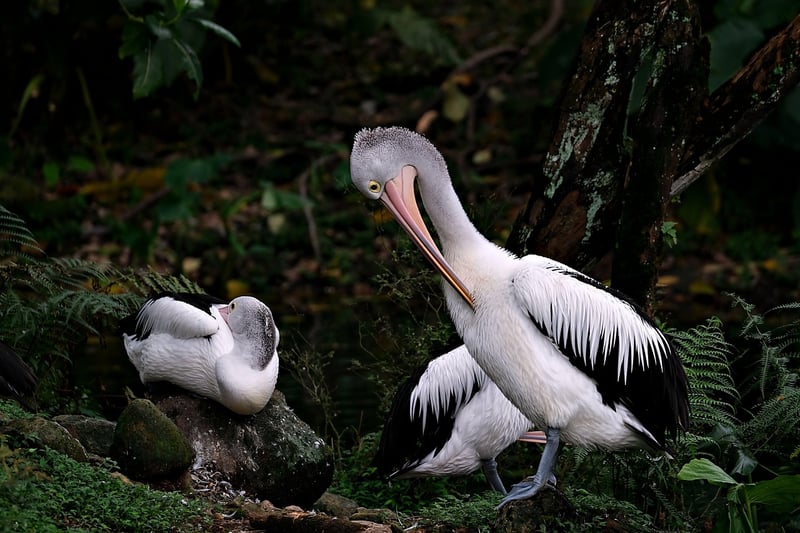Microbial Life Detection
The Hunt for Life Beyond Earth: Microbial Life Detection
As humans, we have always looked up at the stars and wondered if we are alone in the universe. The search for life beyond Earth has captivated scientists and the public alike for centuries. While we have yet to find definitive evidence of complex extraterrestrial life forms, the detection of microbial life could be the first step in answering this age-old question.
What is Microbial Life?
Microbial life refers to tiny organisms such as bacteria, archaea, and some eukaryotes that are invisible to the naked eye. Despite their small size, microbes play a crucial role in various ecosystems on Earth and could potentially exist in similar forms on other planets or moons.
Where Could Microbial Life Exist Beyond Earth?
Scientists have identified several places in our solar system and beyond that could potentially harbor microbial life. These include:
- Mars: The red planet has long been a target for microbial detection due to its similarities to Earth in the past.
- Europa (moon of Jupiter): The icy crust of Europa hides a subsurface ocean that may provide a habitat for microbial organisms.
- Enceladus (moon of Saturn): This moon has geysers that spew water into space, indicating the presence of a subsurface ocean where life could exist.
- Exoplanets: Planets outside our solar system, especially those in the habitable zone of their stars, are prime candidates for microbial life.
Methods for Detecting Microbial Life
Several techniques are used to detect microbial life, both on Earth and in space exploration missions. These include:
- PCR (Polymerase Chain Reaction): A molecular biology technique that amplifies DNA sequences for detection.
- Mass Spectrometry: An analytical technique that identifies molecules based on their mass and charge.
- Fluorescence Microscopy: Using fluorescent dyes to visualize microbial cells under a microscope.
- Next-Generation Sequencing: High-throughput sequencing methods to analyze microbial genomes.
The Future of Microbial Life Detection
With advancements in technology and ongoing space exploration missions, the hunt for microbial life beyond Earth continues to gain momentum. Discovering even simple microbial organisms on other celestial bodies would have profound implications for our understanding of life's origins and the potential for extraterrestrial habitats.
Stay tuned as scientists delve deeper into the mysteries of the cosmos, pushing the boundaries of our knowledge and expanding the horizons of what it means to search for life beyond our home planet.

Image source: Pixabay
